Packaging Design - Exercise / Case Study
24/04/2025 - 15/05/2025 | Week 01 - Week 04
Wong Jia Yi Carmen | 0357198 | Section 01
Packaging Design | Bachelor of Design (Hons) In Creative Media
TABLE OF CONTENTS
LECTURES
- Packaging is a very important aspect in our daily lives and has a great impact on how we operate in the contemporary world.
- Since people’s lifestyles, working schedules, and leisure time change, so does packaging to reflect new consumption patterns, different settings, and circumstances. In its simplest definition, packaging can be described as the outer layer or the protective shield that encloses a product.
- Packaging design is the process of making the package look attractive and appealing to the consumer, while also considering factors such as the target audience, brand identity, and practical considerations like ease of use and sustainability.
- By creating an effective package design, brands can make their product stand out and connect with consumers on an emotional level.
Ancient Times (Before Modern Civilisations)
- Early humans used natural materials like:
- Leaves, bark, coconut shells, bamboo, and animal skins to wrap or carry food and items.
- Ancient Egyptians and Chinese used clay pots to store oils, grains and spices
Early Civilisations (Mesopotamia, Egypt, Rome)
- Glass Bottles and Clay Amphorae were introduced for storing olive oil, wine and medicine.
- Romans started labelling their containers using clay seals, kind of like early branding
Industrial Revolution (1700s-1800s)
- Major shift in packaging due to mass production and factories.
- In 1810, Peter Durand invented the tin can for preserving food.
- Paper packaging and cardboard boxes began being widely used for shipping.
20th Century (1900s-2000s)
- Packaging became more commercial and visual, thanks to supermarkets and advertising.
- 1950s: Plastic packaging became popular - cheap, lightweight, and versatile.
- Brands like Coca-Cola and Kellogg's started using signature colours, logos and typography to stand out.
21st Century - Era of Sustainability & Digital
- The focus shifted towards eco-friendly packaging - biodegradable, recyclable, and less plastic.
- Many brands now use paper, glass and reusable materials
- Rise of smart packaging - like QR codes and NFC tags for interactive experiences.
Packaging Design
- The design of packaging must consider various factors, such as the target audience, product positioning, brand identity, and marketing strategy.
- It involves creating a visual and sensory experience that resonates with the consumer and communities, the product's value and benefits.
- Packaging design encompasses various elements, such as the shape, colour, typography, imagery and material choices.
- These elements work together to create a cohesive and visually appealing package that stands out on the shelves and captures the consumer's attention.
- Successful packaging design must also consider the practical aspects of the package, such as ease of use, sustainability, and cost-effectiveness. It must balance the need for functionality and aesthetics to create a package that is both effective and visually appealing.
- Protection
- Identification
- Transportation
- Differentiation
- Communication
- Marketing
Physical Protection
- One of the primary functions of packaging is to protect the product inside.
- Packaging must be designed to keep the product safe from damage during transport, storage and handling
- For example, a fragile item like a glass bottle might require packaging that includes extra padding or reinforcement to prevent it from breaking.
- Packaging is often used to help customers identify a product quickly and easily.
- Effective packaging design included the product name, logo, and other important details that allow customers to easily recognize the product on store shelves or online.
To Transport
- To easily and safely move the product from the manufacturer to the consumer.
- Gain functional, the package serves to help transport, carry, ship and distribute the product.
Differentiation
- Packaging can help a product stand out from its competition
- Effective packaging design should be distinctiobe and memorable, with unique colour schemes, typography, and imagery that helps the pricct to stand out on crowded shelves.
Communication
- Packaging can be used to communicate important information about the product, such as its features, benefits and usage instructions.
- Effective packaging design should include clear and concise messaging that helps customers understand what the product is and how it can be used.
Marketing
- Packaging can also be used as a powerful marketing tool, helping to create a positive impression of the brand and product.
- Effevtive packaging design should align with the brand's overall marketing strategy and messaging, creating a cohesive brand identify that resonates with cutsomer.
- Product name: The name of the product must be clearly displayed on the packaging so that customers can easily identify what they are purchasing.
- Net quality: The amount or weight of the product contained in the packaging must be indicated, usually in both metric and imperial units.
- Ingredients: If the product containers any allergens or other ingredients that may cause harm to consumers, these must be listed on the packaging.
- Nutritional Information: For food products, nutritional information such as the calorie count, fat content, and sugar content must be included.
- Country of Origin: The country where the product was made must be stated on the packaging.
- Manufacturer information: The name and contact information of the manufacturer or distributor of the product must be included.
- Warning Labels: Certain products may require warning labels to inform customers about potential hazards or risks associated with the product.
- Visual problem solving is at the core of packaging design.
- Whether it is introducing a new product or improving the appearance of an existing one, creative skills- from conceptualizing and rendering to the three-dimensional design, design analysis, and technical problem solving- are the ways a design problem is resolved into innovative solutions.
- As a creative tool, packaging is a means of expression.
- A product's expression, one that attracts a target consumer market, is achieved through a creative process in which physical and visual elements work together to communicate emotional, cultural, social, psychological, and informational cues to the target consumer.
- Folding Cartons
- Rigid Boxes
- Set-up Boxes
- Carboard Boxes
- Corrugated Boxes
- Paperboard Boxes
- There are many varieties of different box styles for folding cartons or paperboard boxes
- It is just not for style, but in dimensions as well
- Most common box styles are TUCK TOP
- There are basically 2 types of tuck top boxes:
- These boxes are made of art card ranging from 190 gsm (light product) to 360 gsm (heavy product)
- Cost-effective because you can run more boxes at one time on the same-sized paperboard as opposed to the Straight Tuck End
- Easy assembly
- Compact storing (stored flat) for excess packaging inventory
- Relatively quick to load the product in this packaging
- Works well for lighter-weight products
- Not good for heavy products
- Not as aesthetically pleasing because of the visible raw edges in the front of the box
- Health and beauty
- Comestics
- Pharmaceautical
- Electronics
- Nutraceutical
- More luxurious than RTE because there are no white raw edges visible on the front of the box
- Avoids any blockade between the tuck flap and any front window film (see-through window to display the product)
- Easy to assemble
- Compact storing (store flat) for excess packaging inventory
- Works well for lighter-weight products
- Relatively quick to load a product in this packaging
- More expensive, manufacturers produce fewer boxes at one time per paperboard sheet
- Not good for heavy products
- Health and beauty
- Cosmetics
- Works well for heavier products (bottom closure can handle more weight)
- Relatively quick loading (the 3 steps are easy)
- Compact storing (stores flat) for excess packaging inventory
- Easy assembly
- Sits well on retail shelves because package bottom is nice and flat
- More expensive than a bottom-tuck box
- Takes slightly more time to "set up"
- Health and beauty
- Toys
- Food
- Phaarmaceutical
- Works well for heavier products (bottom closure can handle more weight)
- Ultra-fast assembly
- Super speedy loading
- Compact storing (stores flat) for excess packaging inventory
- Sits well on retail shelves because bottom is nice and flat
- More expensive than a bottom tuck or snap-lock bottom (factory has to perform an extra step by gluing the bottom)
- Health and beauty
- Cosmestics
- Toys
- Food
- Pharmaceutical
INSRUCTIONS
fig 1.0 Packaging Design's MIB (24/4/2025)
Exercise / Case Study
Timeframe: Week 1 - Week 4
Description: Exercise - Packaging Design Analysis (20 marks) (1 product a week)
- Overview: Choose 4 products in the market that you believe have poor packaging design. Ensure the product is readily available for purchase.
- Product Analysis: Conduct a thorough analysis of the existing packaging design. Identify the specific shortcomings and challenges in the current packaging. Consider factors such as functionality, aesthetics, sustainability, target audience and branding.
- Market Research: Investigate the target market for each product and assess how the current packaging aligns with the expectations and preferences of the target audience.
- Competitor Analysis: Research and analyse the packaging designs of competing products in the same category. Identify trends and best practices in packaging design within this product category.
462 words.
Week 2
The Dolphin Modelling Material's packaging shows multiple weaknesses in terms of functionality, design, market positioning and competitive positioning. The packaging structural composition consists of weak, thin cardboard material, which provides insufficient protection for a child's product that faces regular use. The front-facing cut-out window, protected only with a thin sheet of clear plastic, reveals product contents which might possibly be affected by potential dust and moisture damage. There is no method to reseal the package, which is crucial for preserving modelling clay from drying out, thus limiting its extended use.
The box faces an aesthetic struggle because its front and back sides show dated visual presentation along with cluttered designs. The messy visual effect emerges from the combination of a loud yellow background with clipart graphics appearing randomly and various font types used without alignment. The visual organisation of the design is poor because crucial communication, such as product benefit, requires readers to scan through multiple textual and graphical elements. Cartoonish design components like Mr Potato Head lookalike clay models and poor quality symbols perform marginally well with little children but the actual design fails to demonstrate creativity or quality or build parental trust, which are critical for buyers.
The environmental sustainability targets misses the mark for this packaging solution. The product consists mainly of cardboard, while the recyclability and eco-friendliness material usage remain unclear throughout the package. Extreme sustainability issues grow from the possible use of non-recyclable plastics in the window space on the front packaging. The present market reflects that sustainable packaging stands as a critical purchasing factor which affects consumer selection, particularly among parents who choose items for their kids.
Provided market research shows parents, who purchase products meant for children aged 3 years and above, focus on the product with clear labelling along with engaging yet neat elements that offer safety assurance and educational learning content. The packaging does not provide proper reassurance related to its main safety concerns. A safety warning appears at the back of the box in small print embedded within a messy layout, and also risks of being overlooked. Unprofessionalism is increased by the tagline's repetitive presentation as 'Ready to use... ... & fun' with extra ellipses having no purpose.
Competitor analysis strengthens the evidence showing these weaknesses. The modelling clay market contains brands such as Play-Doh and Crayola that present attractive, clean designs with easy-to-open compartment packaging and include clear information about safety tests and sustainability, along with educational content. Dophin's packaging appears basic and unappealing as it lacks contemporary branding elements that generate trust or brand devotion in consumers.
428 words.
Week 3
My Beauty Diary's Black Pearl Brightening Mask faces multiple functional nd market communication and competitive challenges. The front design uses black and blush pink with pearl imagery to present a fashionable, feminine look, which creates a luxurious, soft appearance. This packaging approach targets young female adults who are interested in skincare, but it fails to capture contemporary design trends that dominate the leading beauty brands.
The front of the packaging combines pearl and shell motifs, which match the "Black Pearl" theme, but essential details appear in tiny type and remain absent. Consumers want straightforward information, and normally they will look for quick benefits such as '7-day glow,' 'for dull skin,' 'hydrating' in their product descriptions, but this packaging requires consumers to turn to the back of the packaging and read through the description. The back of the packaging has more informative text but it is written in Mandarin and packed tightly with information. For an international product, a clearer bilingual layout would ensure accessibility across the market. The ingredient information,n like Aquaroad™, Tinysome™, and Cosphingo™, fails to make an initial impact because heavy text conceals their view.
The product operates within an overpopulated market segment that requires packaging to demonstrate scientific authenticity and environmental sustainability. Competitors like Dr. Jart+ and The Ordinary provide their products in modern packaging featuring clinical terminology while using eco-friendly labels. The glossy finishes, along with decorative fonts used by My Beauty Diary, create a packaging appearance that seems outdated and less trustworthy to modern consumers. The skincare market requires prominent dermatological testing and certification, but this information is absent from the product. Sustainability is another major oversight. The packaging displays a 'soy ink' logo, but the material appears neither recyclable nor biodegradable without any sustainability communications. The rising consumer expectation for eco-friendly beauty brands is not met by this packaging solution.
306 words.
Week 4
Several crucial design issues within the "My Scheming New Black Mask" packaging diminish its market effectiveness in the current competitive skincare market. The front and back sides of this product show poor design that lacks consumer-focused clarity and cohesive presentation, which reduces its market appeal. The cardboard material shows functional weaknesses because it easily gets damaged through bending and creasing. The cardboard provides minimal defence during transportation and has no capability to reseal itself. The product lacks essential user-friendly features, including perforated openings and structured trays, which should support the placement of masks in skincare routines.
The black and green colour scheme on the package creates a clinical appearance, but the design becomes outdated because of excessive visual elements. The front design appears chaotic because it combines various fonts alongside icons and texts written in both Chinese and English. The design lacks a clear leadership structure and main focal point, which makes it difficult for customers to easily understand the product benefits. The visual elements on the package lack specific symbolism, which fails to improve comprehension.
The target audience consists of young adults who have acne-prone skin and skincare enthusiasts who show a preference for packaging that is sleek, minimalistic and information-rich, according to market research. Brands like COSRX and Innisfree achieve success through their minimalistic packaging design and sustainable materials, and emotionally appealing branding. "My Scheming" packaging's products show signs of age while being cluttered and failing to establish a clear brand identity.
357 words.
FEEDBACK
Week 1: No Feedback Given.
Week 2: No Feedback Given.
Week 3: No Feedback Given.
Week 4: Idea is there but the proposition is not right. Sketch non box item packaging drafts to show next week.
REFLECTION
Studying bad packaging was quite a revelation and made me realize how important design is not only for the practical use of the product but also for its usability. At first, I could have easily brush it off and say that poor packaging is ‘ugly’ or ‘inconvenient,’ but through this analysis, I was able to see how much packaging influences a consumer to either repurchase the product or not.
I also learned that bad packaging is usually due to the lack of consideration for the user, such as making it hard to open, using too much material, having unclear information or being non-recyclable. I also learned about how colors, typography, and imagery can make or break a certain advertisement since it can easily mislead the customers.
This reflection also made me realize the importance of good packaging design even more. It is not only about being creative; it is about problem solving, effective communication, and making improvements. In the future, I will be more conscious about the packaging process and how I assess it to make sure that aesthetics and functionality are not mutually exclusive.








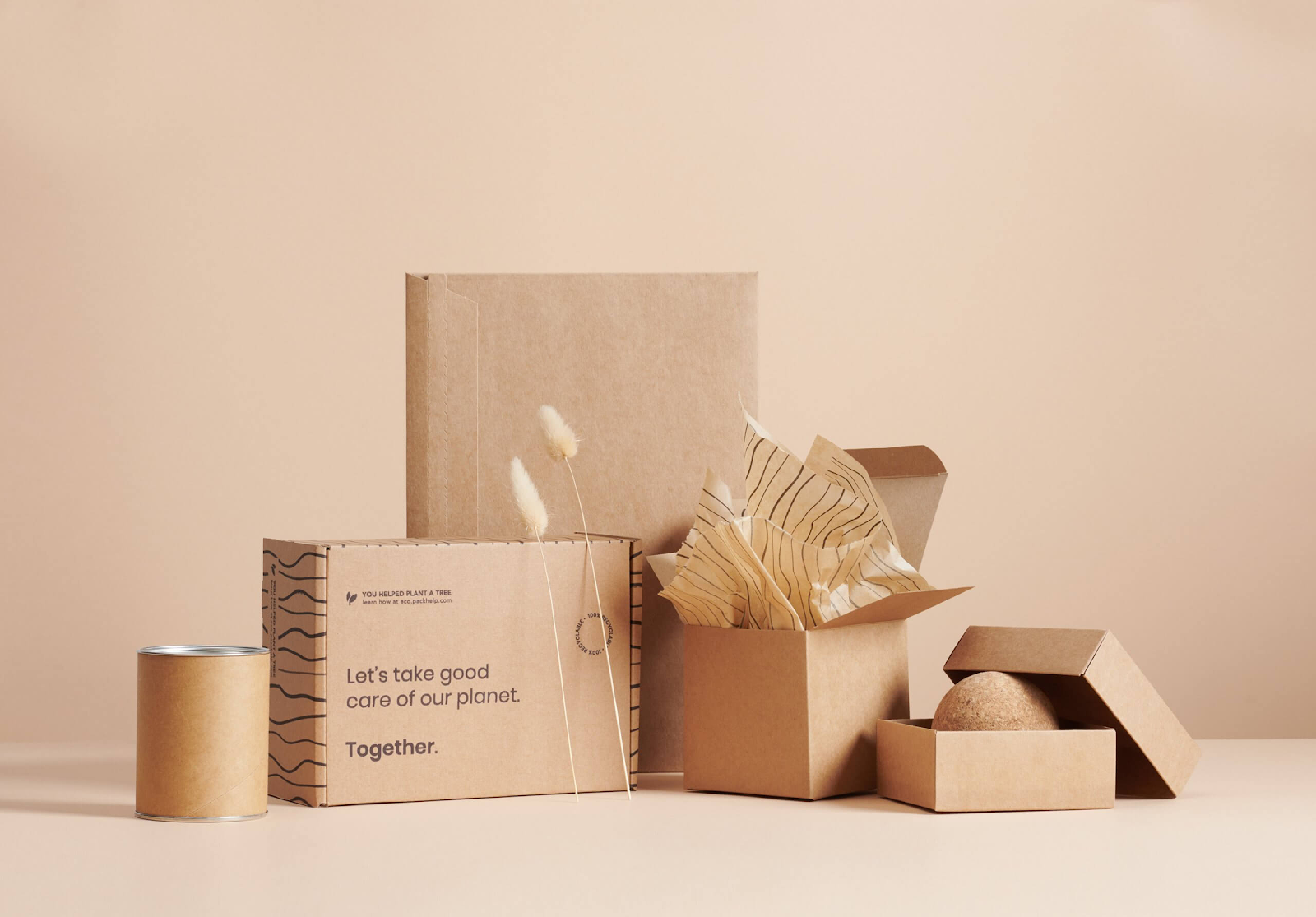


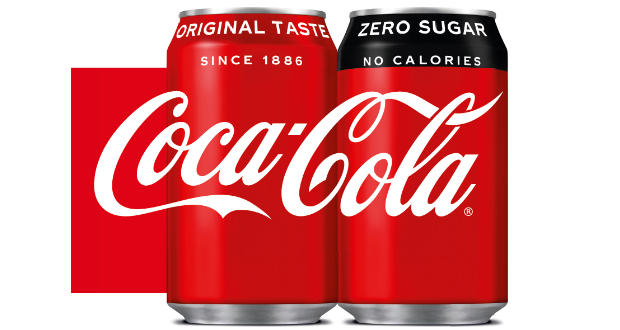
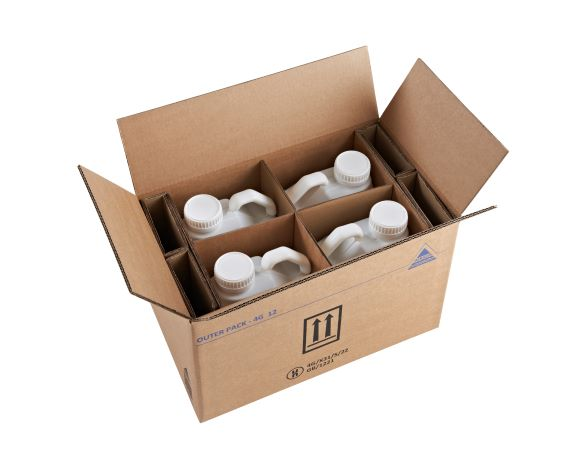

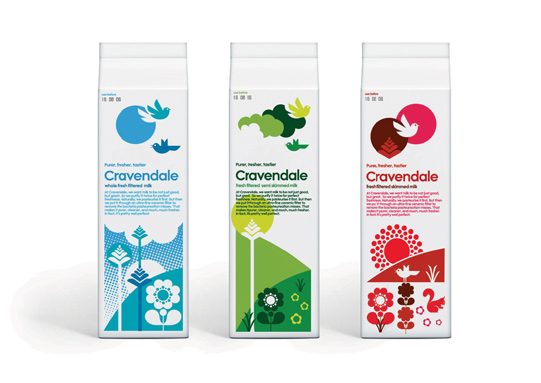
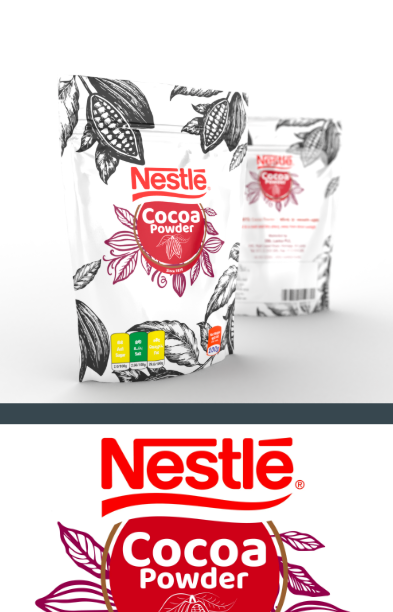
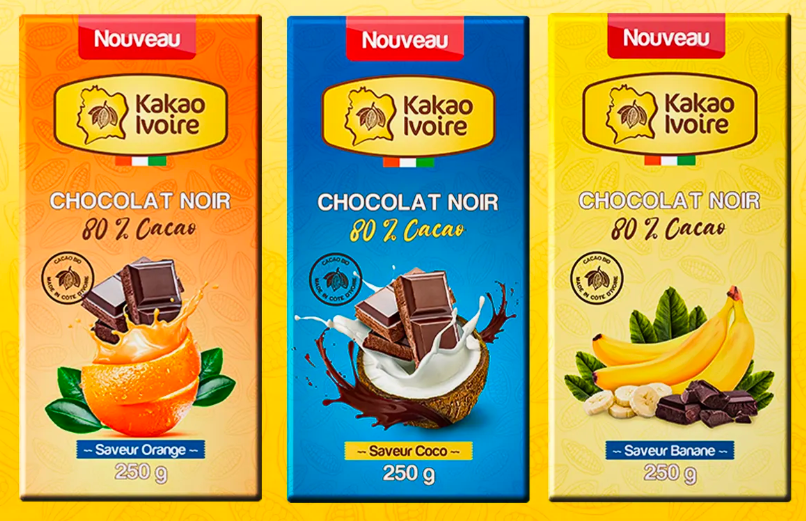























Comments
Post a Comment